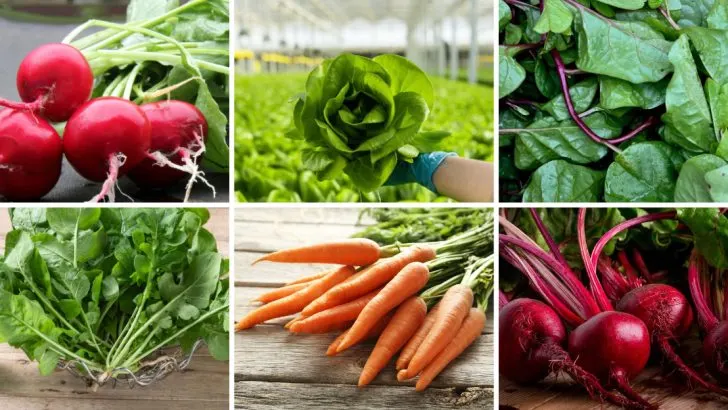Succession planting is one of those gardening tricks that quietly works behind the scenes to keep your harvest going strong. Instead of pulling in one big crop and calling it a day, you’re staggering plantings so something is always coming up as something else finishes. It’s simple once you get the hang of it, and it’s incredibly satisfying to see your garden producing week after week.
If you’re aiming for a steady supply of fresh veggies from now through fall, timing is everything—but so is picking the right crops. Some vegetables just handle repeated sowings better than others. The list below includes 20 of the easiest ones to succession plant, from fast-growing salad greens to root veggies that don’t mind cooler weather returning later in the season. These are reliable picks that won’t make you second-guess your timing or commitment.
Radishes

Radishes are like nature’s little miracles. Quick to grow and satisfying to harvest, these spicy roots are a gardener’s delight. Plant them every couple of weeks, and you’ll always have a fresh supply. Their peppery bite makes them perfect for salads and snacks.
Radishes thrive in cooler temperatures, making them ideal for spring and fall planting. They mature in just 20 to 30 days, so the wait is never long.
Fun fact: Ancient Egyptians believed radishes were a source of strength. With their rapid growth, it’s easy to see why!
Lettuce
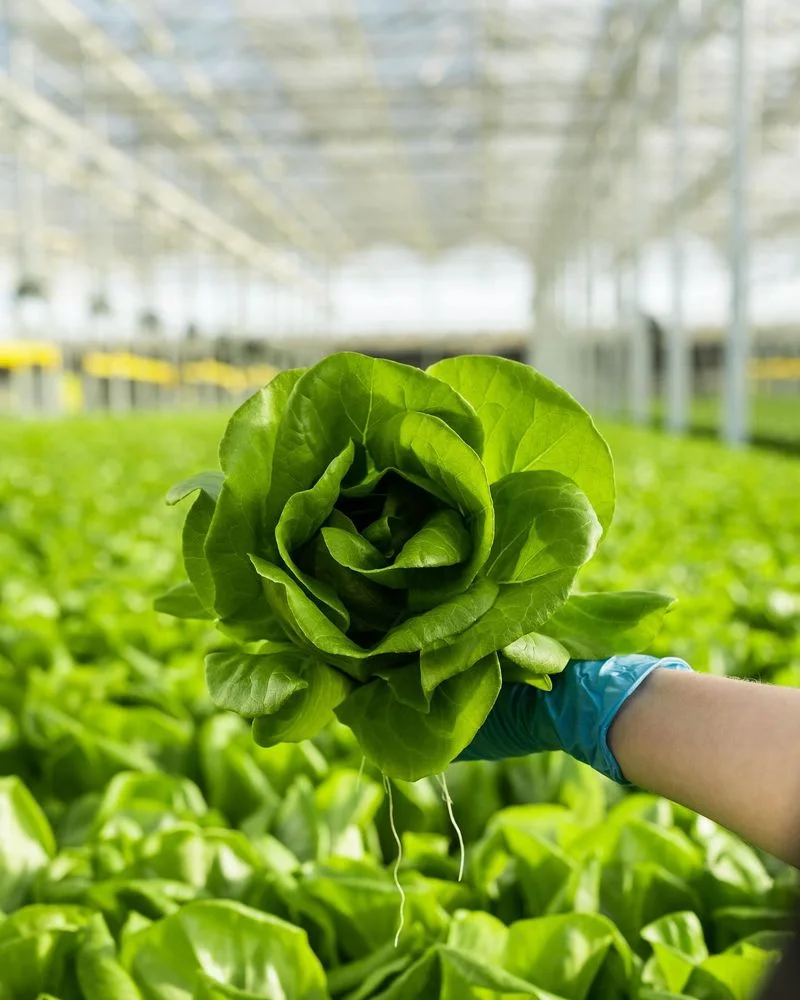
Lettuce is the gardening world’s gift to salad lovers. With its crisp leaves and endless varieties, lettuce is a go-to for succession planting. Sow seeds every two to three weeks, ensuring a steady supply of this refreshing green.
It thrives in the cooler weather of spring and fall. Whether you prefer butterhead, romaine, or leaf lettuce, there’s a type for every taste.
Interesting tidbit: The ancient Romans valued lettuce for its supposed sleep-inducing properties. Maybe it’s not just the soothing crunch that calms your senses!
Spinach
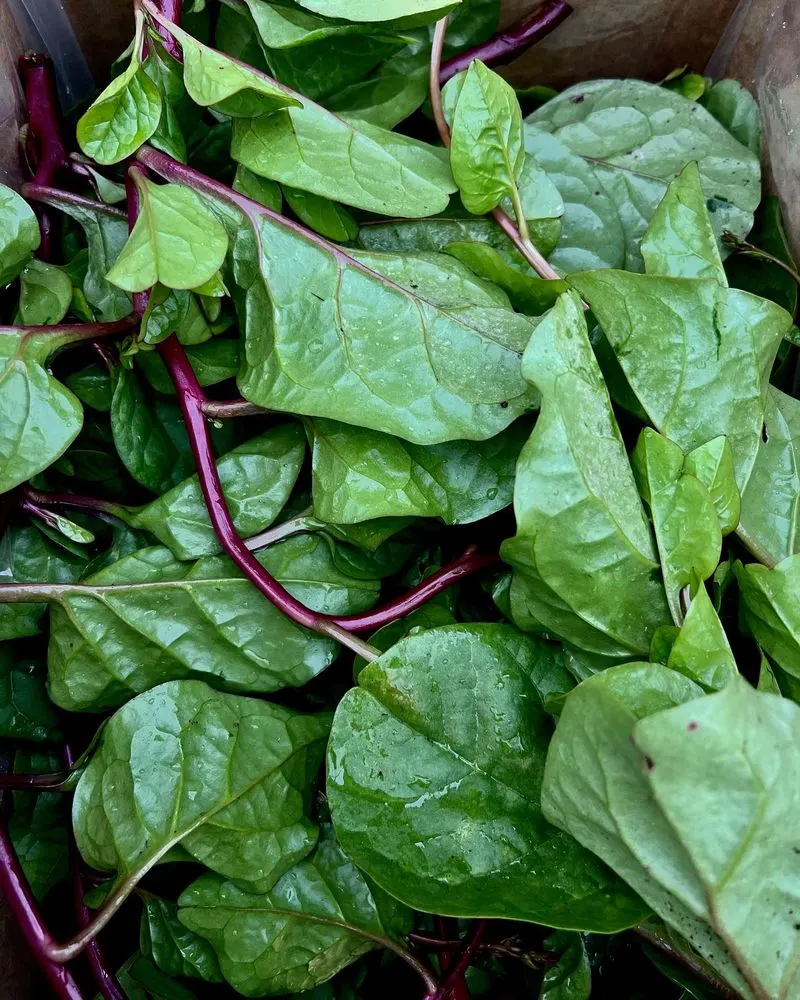
Spinach, with its nutrient-rich leaves, is a powerhouse of goodness. This leafy green loves to grow in the cooler months. Planting every few weeks guarantees a constant supply for your salads and smoothies.
Spinach can handle a little frost, making it perfect for both early spring and late fall. With its rapid growth, you won’t wait long to enjoy its tender leaves.
Did you know? Spinach originated in ancient Persia and was so popular it spread to China in the 7th century, earning the nickname ‘Persian vegetable.’
Arugula

Arugula adds a zesty twist to any dish with its peppery flavor. For a continuous harvest, plant seeds every few weeks. Its rapid growth makes it a favorite among gardeners seeking fast results.
Arugula prefers cooler weather, flourishing in spring and fall gardens. This leafy green is not just for salads; it’s a versatile addition to pizzas and pastas.
Fun fact: Arugula was considered an aphrodisiac by the ancient Romans, who loved its peppery kick. A spicy history for a spicy green!
Carrots
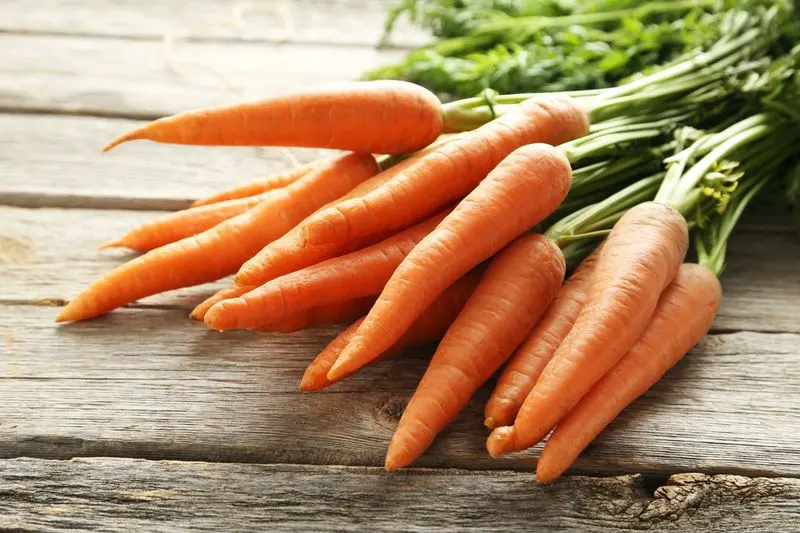
Carrots are the sweet treats of the vegetable garden. By sowing seeds every few weeks, you’ll enjoy a continuous supply of these crunchy delights. They grow best in loose, sandy soil.
Carrots are perfect for late spring and summer planting, offering a spectrum of colors from orange to purple. They’re not just a staple; they’re a showstopper.
Fun tidbit: Carrots were originally purple! It wasn’t until the 17th century that the familiar orange variety was cultivated in the Netherlands.
Beets
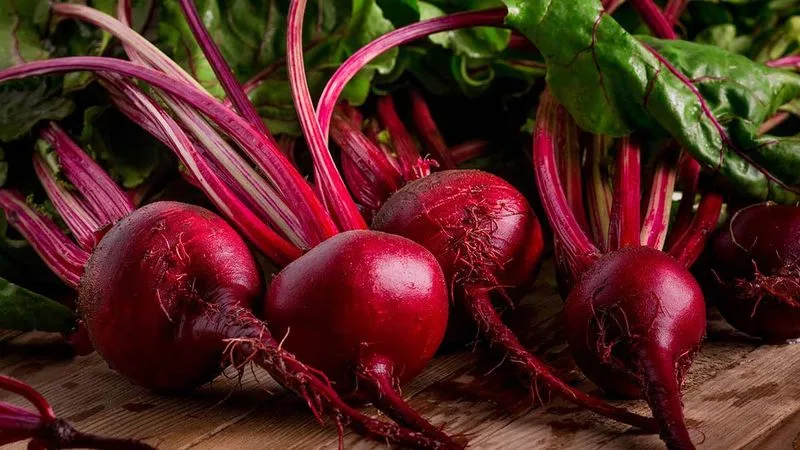
Beets bring a splash of color and flavor to any meal. Plant them every few weeks to enjoy their earthy sweetness. They thrive in the cooler months, making them perfect for spring and fall.
Beet greens are edible too, adding a nutritious punch to salads. This dual-purpose plant is a must-have for any serious gardener.
Did you know? Beets were used as an aphrodisiac in ancient Rome. With their rich, deep hue and sweet taste, it’s easy to see their appeal!
Bush Beans
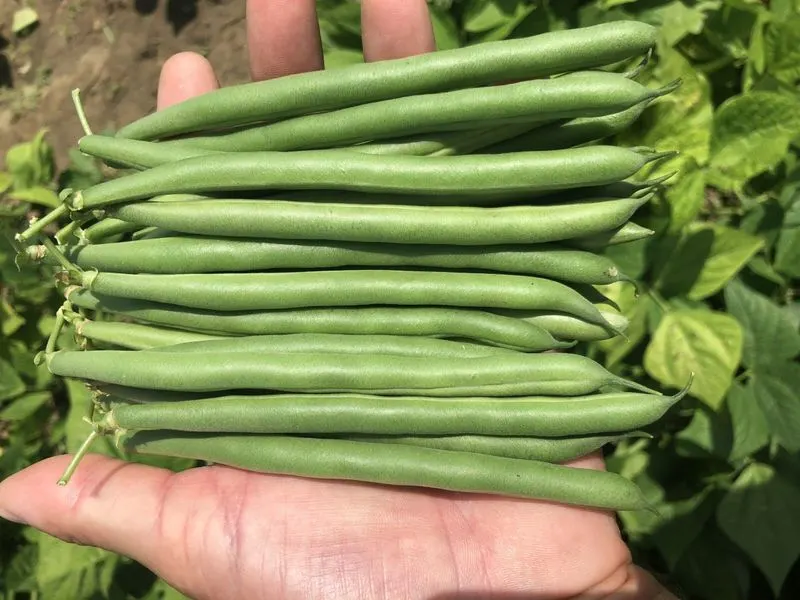
Bush beans are the workhorses of the vegetable garden. Their compact size and bountiful yield make them ideal for succession planting. Plant every few weeks for a steady harvest.
They thrive in warm weather, perfect for summer gardens. Whether you’re a fan of green beans or yellow wax beans, they add crunch to any meal.
Fun fact: In the past, beans were so revered that they were used as currency in some cultures. Talk about a valuable addition to your garden!
Cucumbers
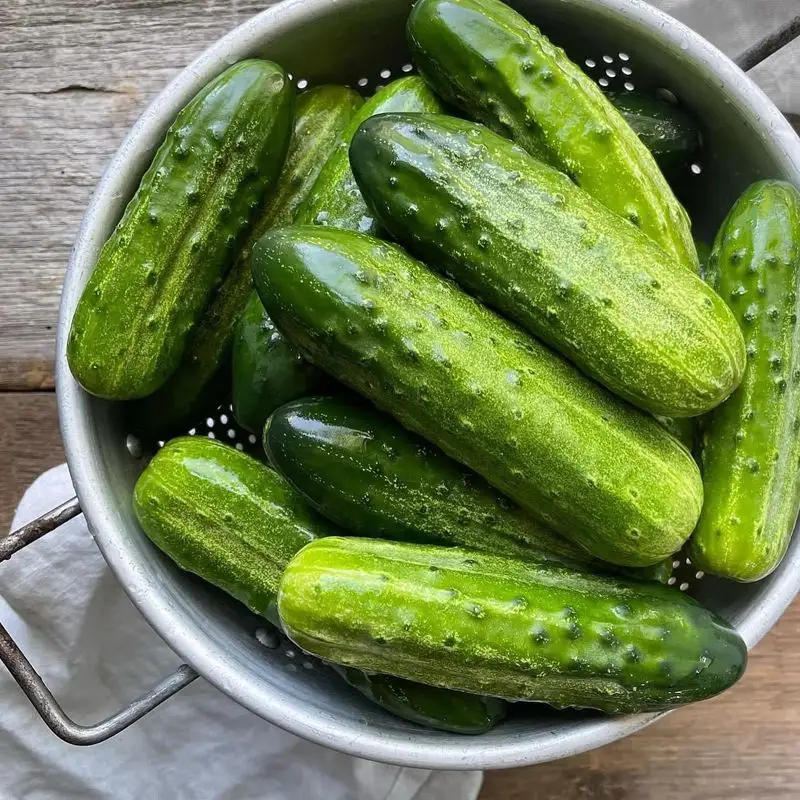
Cucumbers are the cool cats of the vegetable world. Their refreshing crunch is a summer staple. For a constant supply, plant seeds every few weeks. Whether pickling or slicing, cucumbers deliver.
They love warm, sunny spots and can grow vertically, making them perfect for small spaces. Enjoy them straight from the vine or in a refreshing salad.
Interesting snippet: Cucumbers are 95% water, making them a hydrating snack on hot days. No wonder they’re a garden favorite!
Kale
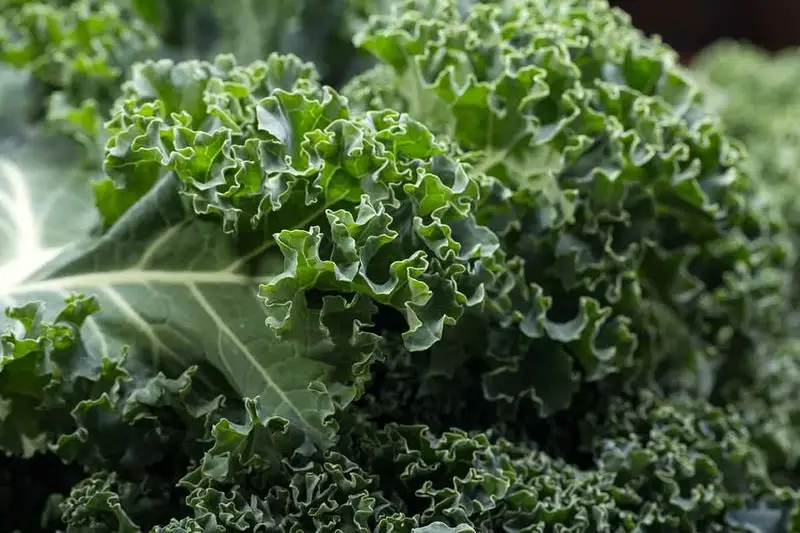
Kale, the darling of the health world, is a robust and tasty green. Plant it every few weeks to keep your kitchen stocked with this nutritious leaf. Kale thrives in cooler weather, perfect for spring and fall.
Its versatility in the kitchen is unmatched, from salads to soups. Kale is not just a trend; it’s a tradition.
Fun fact: Kale has been cultivated for over 2,000 years and was a staple in the diets of ancient Romans. It’s a classic green with staying power.
Swiss Chard
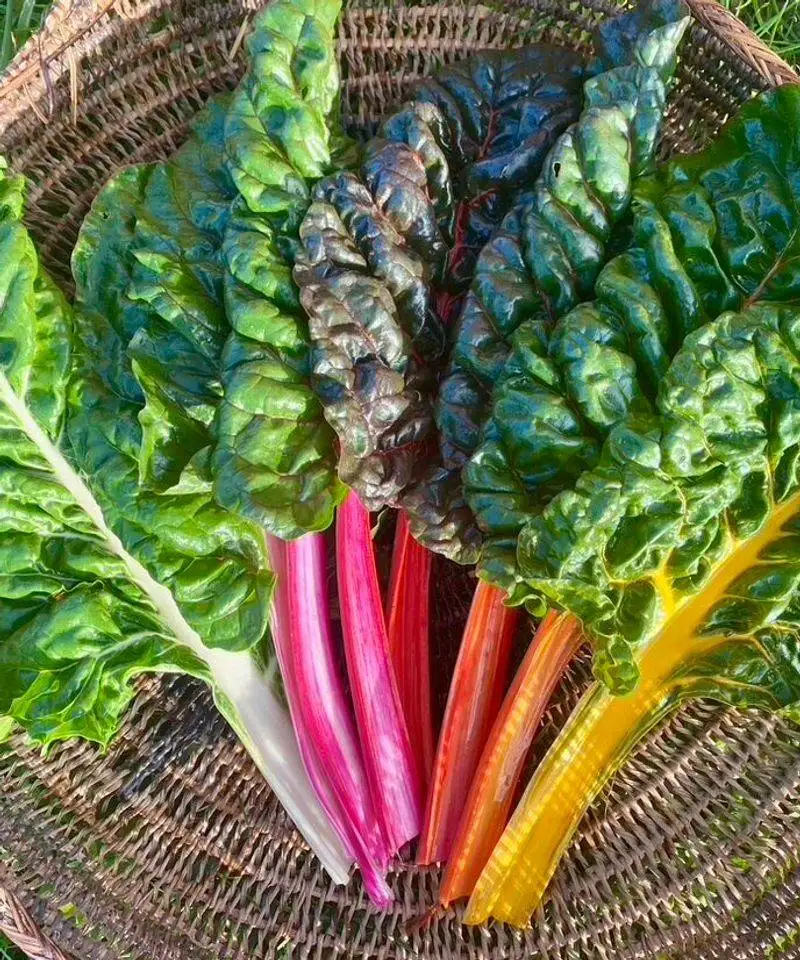
Swiss chard is a visual feast and a nutritious powerhouse. With its colorful stalks, it brightens up any garden. Plant it every few weeks for a continuous harvest.
Swiss chard thrives in both warm and cool temperatures, making it versatile for any season. Its mild flavor complements a range of dishes.
Did you know? Swiss chard is not Swiss at all; it originated in the Mediterranean. Its name was given to distinguish it from French spinach. An international green with flair!
Turnips
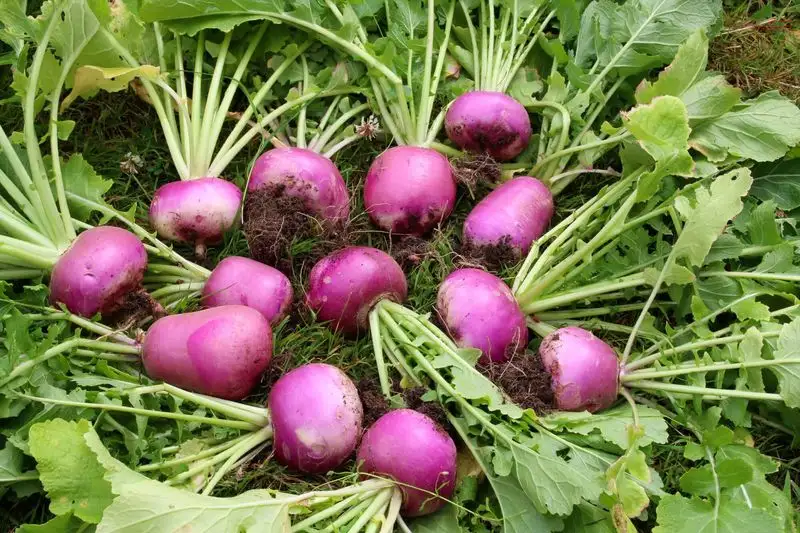
Turnips are the unsung heroes of the root vegetable family. With their peppery flavor, they add a unique twist to any dish. Plant them in succession for a steady supply.
They’re best suited for cooler weather, a perfect addition to spring and fall gardens. Both the roots and greens are edible, providing double the deliciousness.
Fun fact: In ancient times, turnips were so esteemed that they were carved into lanterns for Halloween in Ireland and Scotland. A versatile veggie with a festive past!
Peas

Peas, with their sweet taste and charming appearance, are a garden must-have. By planting in succession, you’ll enjoy their plentiful harvest throughout the growing season. They flourish in cooler weather, ideal for spring and fall.
Peas can be eaten fresh, cooked, or dried for storage, offering versatility in the kitchen. Their vines add height and beauty to any garden.
Did you know? Peas were the first vegetable to be canned commercially, revolutionizing the way vegetables were preserved. An adaptable green with a historic edge!
Zucchini
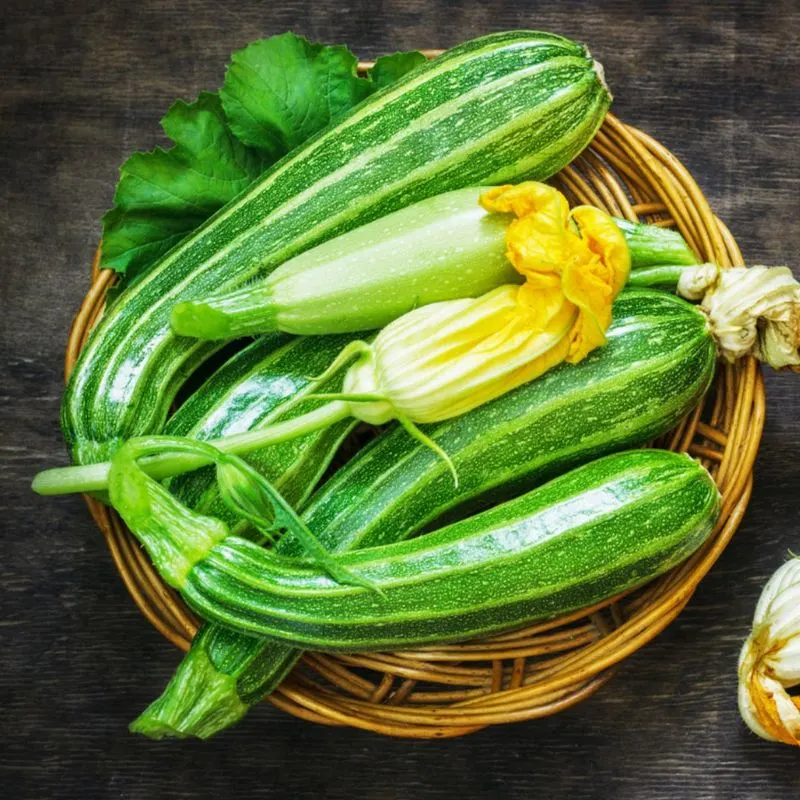
Zucchini is the overachiever of the vegetable garden. Known for its prolific nature, planting in succession ensures a nonstop supply. Its tender texture and mild taste make it a kitchen favorite.
It thrives in warm weather and needs space to sprawl, making it perfect for summer gardens. From grilling to baking, zucchini’s culinary uses are endless.
Fun tidbit: The world’s largest zucchini on record weighed over 65 pounds! It’s no wonder zucchini is a garden giant, both in size and productivity.
Bok Choy
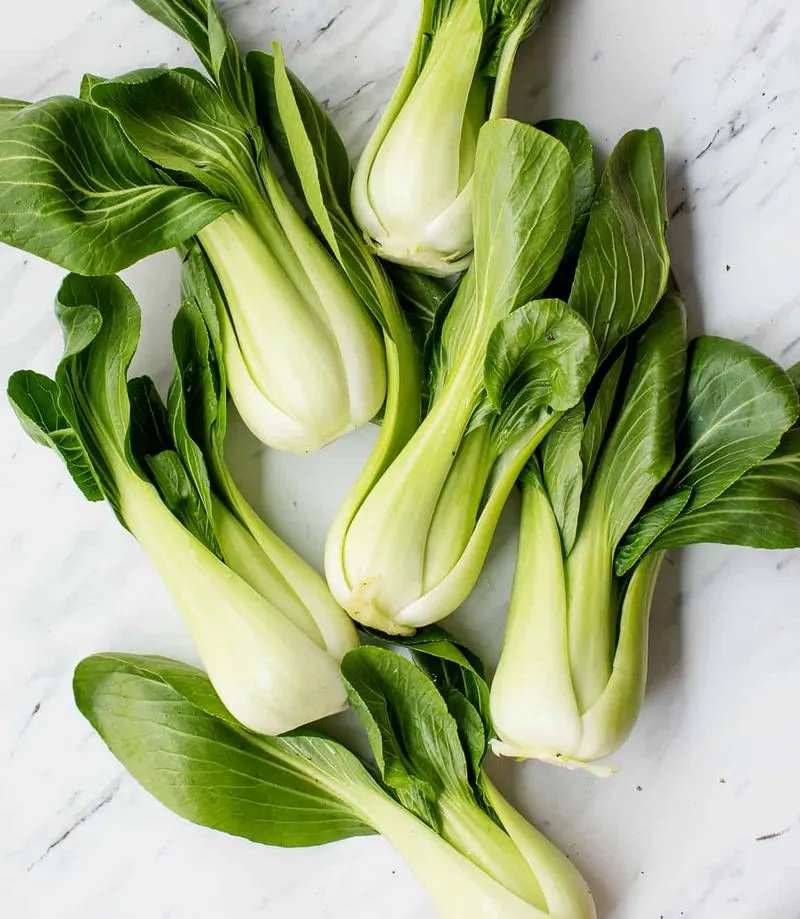
Bok choy brings a taste of the East to your garden. Its crisp texture and mild flavor make it a versatile choice for stir-fries and soups. Succession planting allows for a continuous harvest.
Bok choy thrives in cooler temperatures and can handle light frost, ideal for spring and fall. Its quick growth ensures you’ll enjoy its bounty soon.
Did you know? Bok choy has been cultivated in China for over 5,000 years. Its ancient roots make it a timeless addition to any modern garden.
Collard Greens
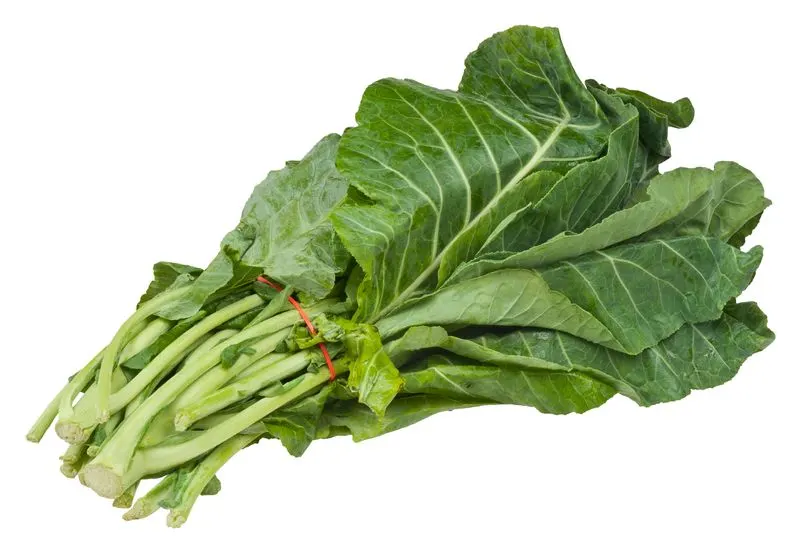
Collard greens are a southern staple with a hearty, bold flavor. They’re perfect for succession planting, ensuring a steady supply of these nutritious leaves. Collards thrive in cooler weather, ideal for spring and fall.
Their resilience to frost makes them a garden favorite, offering versatility from sautés to stews. A time-honored green with a robust history.
Fun fact: Collard greens have been a part of southern cuisine for centuries, often associated with good luck when eaten on New Year’s Day.
Kohlrabi
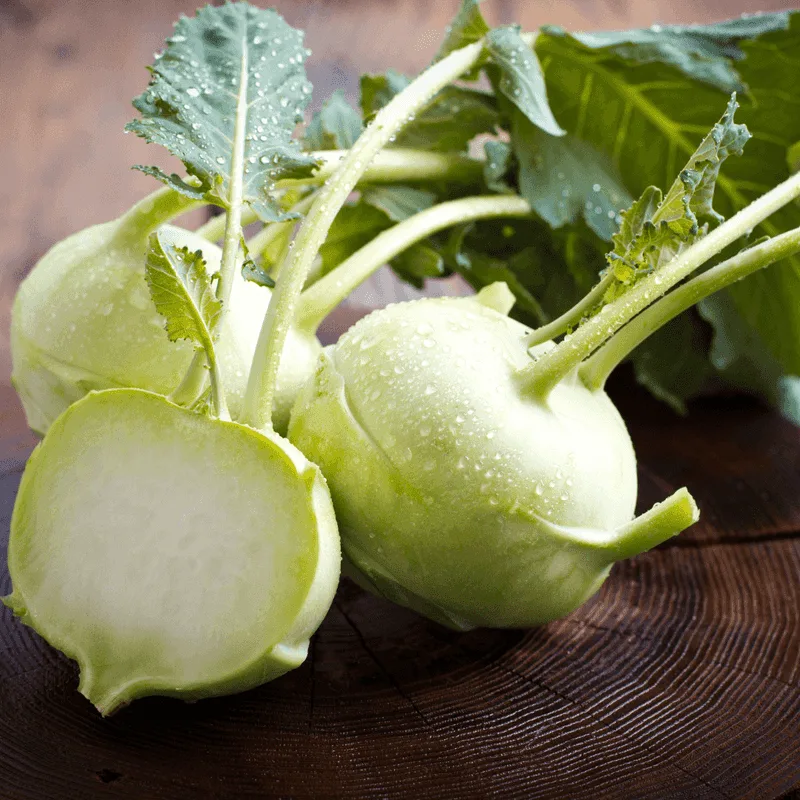
Kohlrabi, the alien-looking vegetable, is a unique addition to any garden. Its mild, sweet flavor is a cross between a cabbage and a turnip. Succession planting keeps your kitchen stocked.
Kohlrabi thrives in cooler weather, perfect for spring and fall gardens. Both the bulbs and leaves are edible, offering double the delight.
Did you know? In Germany, kohlrabi is so popular that it’s often referred to as the ‘German turnip.’ A quirky veggie with international appeal!
Mustard Greens

Mustard greens bring a spicy kick to the garden. Their unique flavor adds interest to any dish, from salads to sautés. Plant in succession for a steady supply.
These greens thrive in cooler temperatures, making them ideal for spring and fall. Their quick growth ensures a fast harvest, keeping your meals vibrant.
Fun fact: Mustard greens have been used in traditional medicine for centuries, valued for their supposed healing properties. A spicy green with a historical flair!
Spring Onions
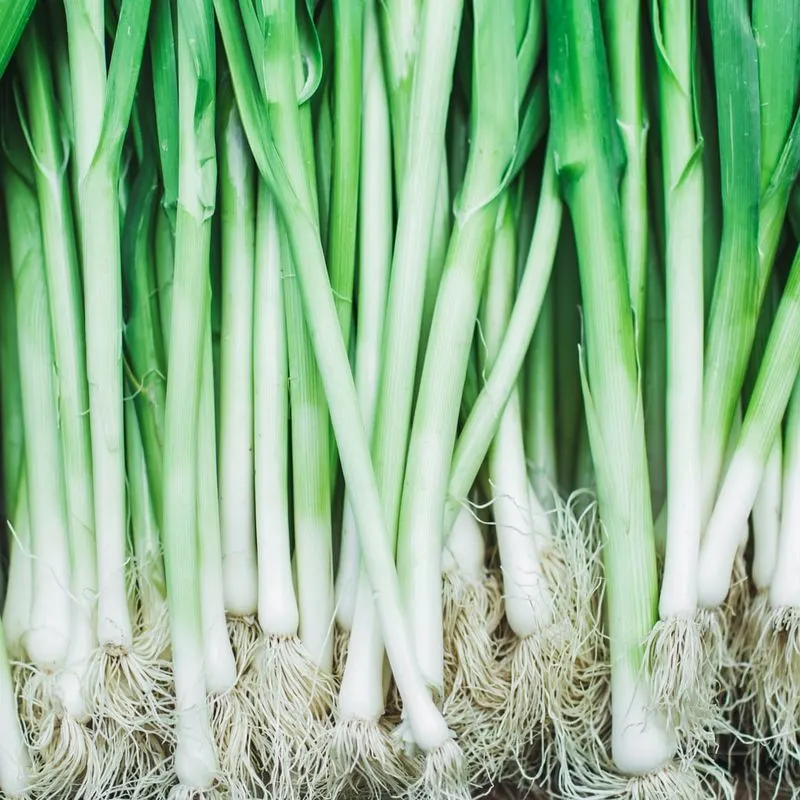
Spring onions, with their mild flavor, are a versatile kitchen staple. Succession planting ensures a continual supply for salads and garnishes. Their slender form and quick growth make them a gardener’s dream.
They thrive in both spring and fall, adapting well to various climates. These onions add a fresh crunch to any dish.
Did you know? Spring onions are often confused with scallions, but the terms are used interchangeably in many parts of the world. A slender green with global charm!
Cabbage
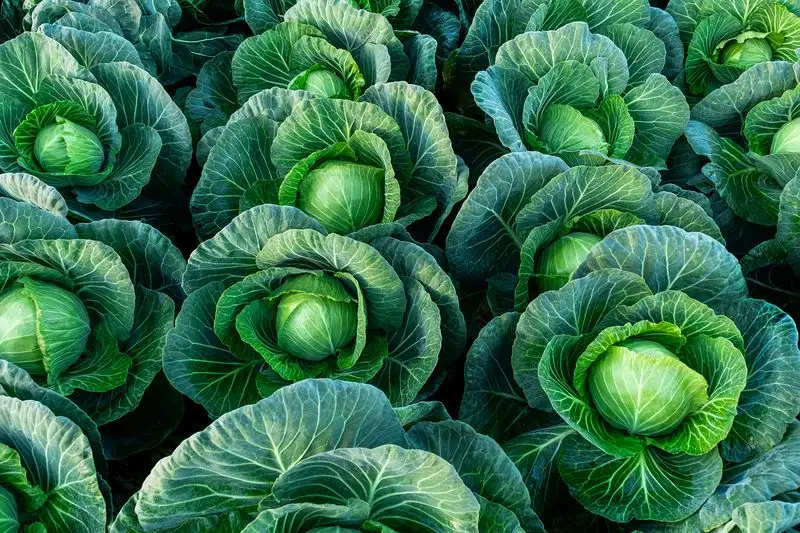
Cabbage, with its layered leaves, is a staple in many cuisines. By planting in succession, you’ll enjoy its harvest throughout the growing season. Cabbage thrives in cooler weather, perfect for spring and autumn.
It can be eaten fresh or fermented, offering culinary diversity. Cabbage is not just a side; it’s the star of many dishes.
Fun fact: Cabbage has been cultivated for over 4,000 years, revered by cultures from the ancient Greeks to modern-day chefs. A timeless classic in the vegetable world.
Broccoli
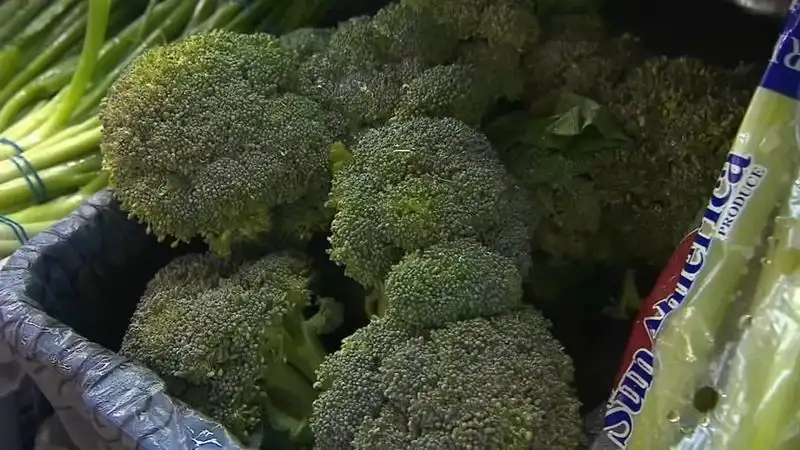
Broccoli, with its nutrient-rich florets, is a garden powerhouse. Succession planting ensures a continuous supply of this healthy green. Broccoli thrives in cooler temperatures, ideal for spring and fall gardens.
It’s versatile in the kitchen, from steaming to roasting. Broccoli is more than just a side dish; it’s a nutritional star.
Did you know? Broccoli was first cultivated in Italy and introduced to England by the Romans. A green with a regal past and future!

